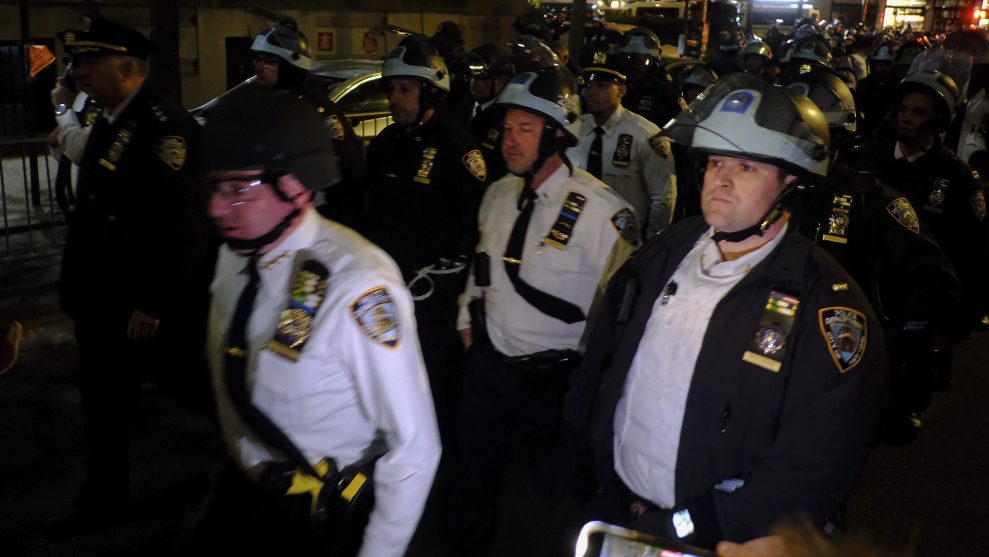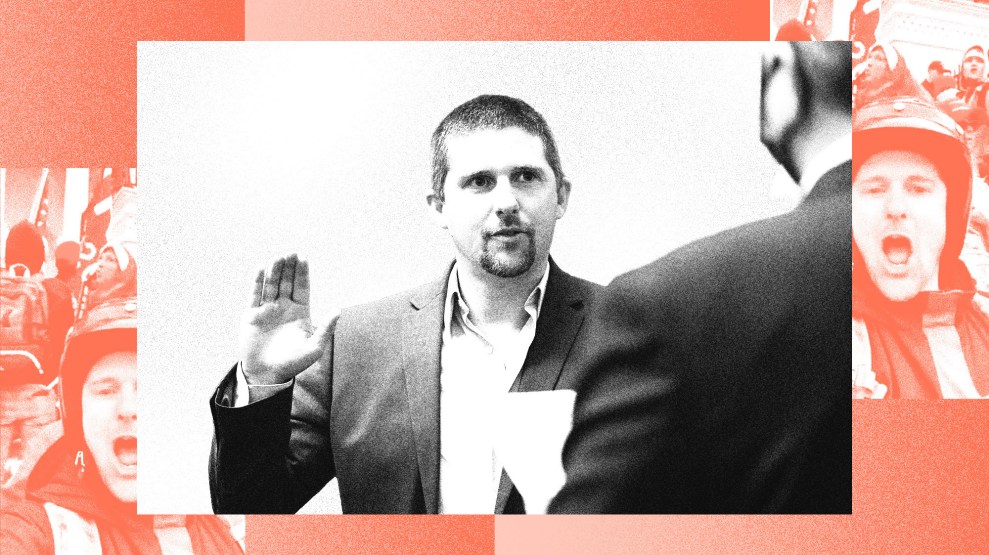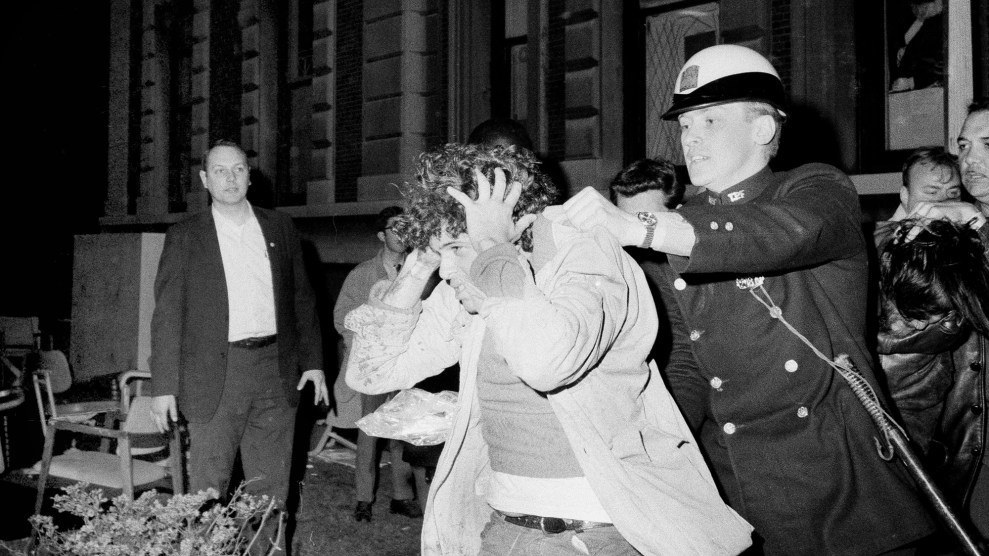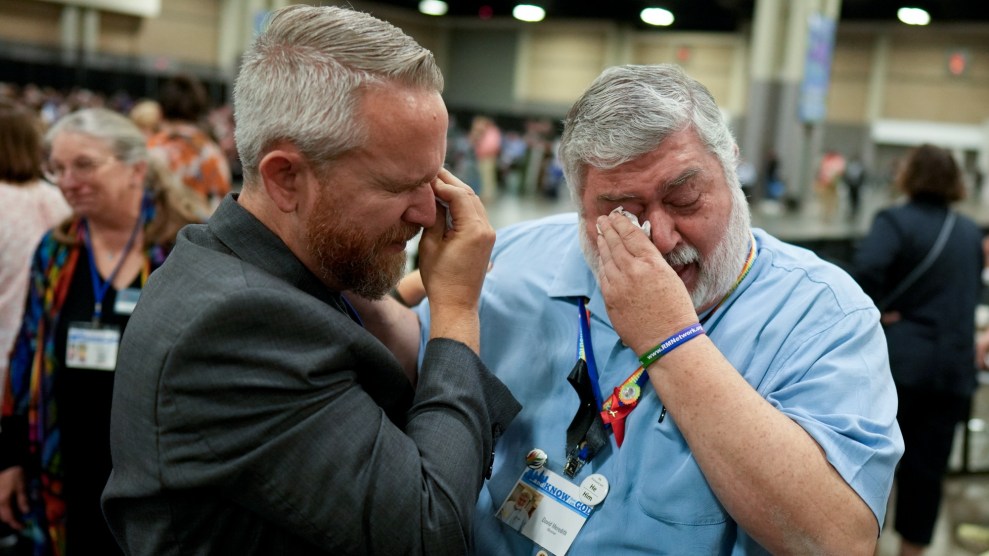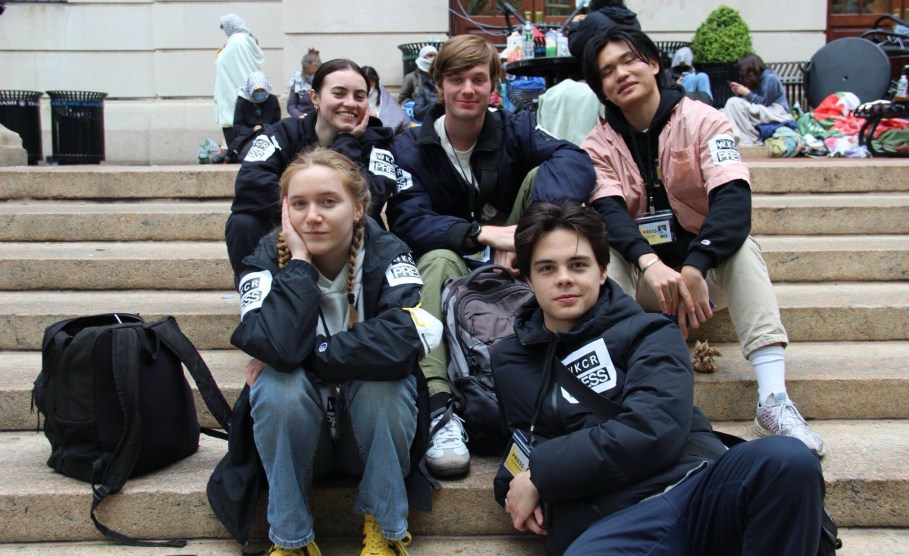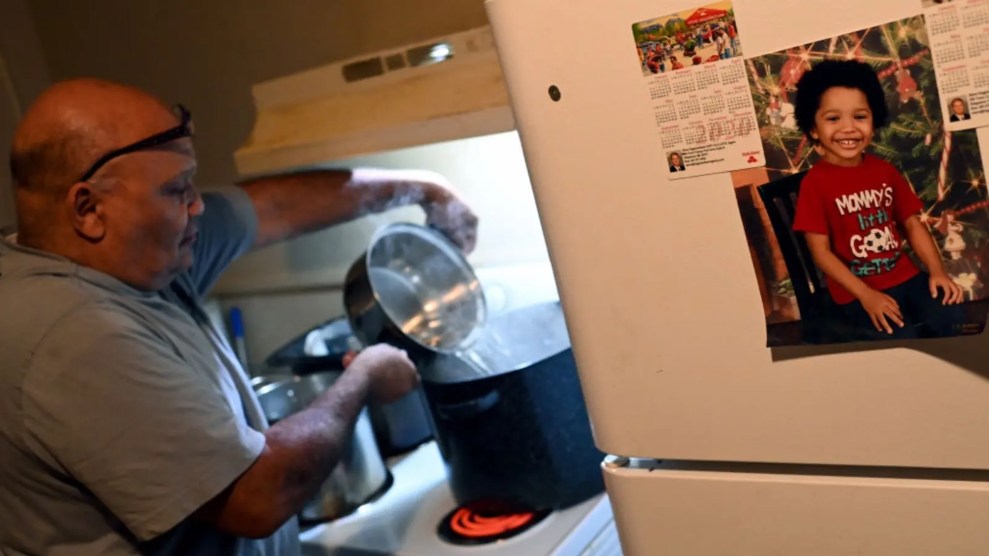At the heart of the Oklahoma City bombing case lies a lingering question: How did just two men—Terry Nichols and Timothy McVeigh—manage to mix up a large bomb overnight at a Kansas lake, drive it into Oklahoma City and set it off at the Murrah Building on April 19, 1995?
For a time, the FBI believed there was a third accessory to the crime, referred to as John Doe No. 2 and depicted in a police composite sketch as a muscular man with dark hair. Investigators initially pursued the possibility that John Doe No. 2 was in the cab of the truck, jumped out before the bomb blew up, and made a clean getaway.
But then the government dropped all references to John Doe No. 2. Early on in the case it maintained that there was no evidence supporting the existence of a third participant, and insisted its extensive investigation proved that the bombing had been carried out by two main players: McVeigh and Nichols.
In the July/August 2007 issue of Mother Jones, I wrote about a strange twist in the investigation: the case of a laborer called Kenney Trentadue. His brother Jesse, a Salt Lake City attorney, has accused federal agents of wrongly suspecting Kenney of being John Doe No. 2. When Kenney did not confess to aiding the bombing, Jesse Trentadue alleges, the agents beat him to death in a prison outside Oklahoma City and tried to cover it up by claiming he had killed himself. Kenney’s death was indeed ruled as a suicide, but Jesse said his body bore numerous injuries that could not have been entirely self-inflicted. (The government later awarded the Trentadue family a $1.1 million settlement for its handling of the death.)
Ever since the bombing, Trentadue has been fighting the Bureau and Justice Department in one lawsuit after another to try and figure out what happened to his brother. In the process he has delved deep into the bomb case itself. He has sought to interview Nichols, a move opposed by the FBI and denied by a federal appeals court. He has submitted FOIA requests to obtain CIA files on the bombing, with scant success.
Now his search has at last borne some fruit. As the Associated Press reported Sunday, the government has released a set of surveillance tapes filmed moments before the bomb went off—tapes which have, until now, been withheld from the public. When Trentadue looked at footage from the various cameras around the site, he said the tapes had a blank spot in the minutes before the blast—eliminating imagery of the truck carrying the bomb and people in the vehicle. Trentadue concludes that key parts of the tapes have been edited out—an accusation certain to fuel suspicions that the government may have withheld relevant evidence in the case. You can see the newly disclosed footage here.




